Hey there, curious traveler! Are you ready to embark on a journey into the land of big skies, majestic mountains, and hidden treasures?
Well, hold on tight because we’re about to dive into one of Montana’s best-kept secrets: its oil production!
In this article, you’ll discover everything you need to know about Montana’s fascinating oil industry.
From the hidden gems of Toole County and Richland County to the sprawling plains of Roosevelt County and Yellowstone County, we’ll uncover the untapped potential of this remarkable state.
Montana’s oil production isn’t just about the numbers. It’s a story of resilience, innovation, and the tireless efforts of dedicated individuals who are shaping the future of energy.
So, whether you’re an adventure-seeking traveler, a curious history buff, or someone who simply wants to understand the intricacies of Montana’s economy, this article is for you.
- Related article: Montana’s Economic Snapshot
Buckle up, my friend. We’re about to embark on a captivating journey where fact meets fiction, and reality intertwines with dreams. You won’t want to miss this thrilling ride!
Montana Oil Production History
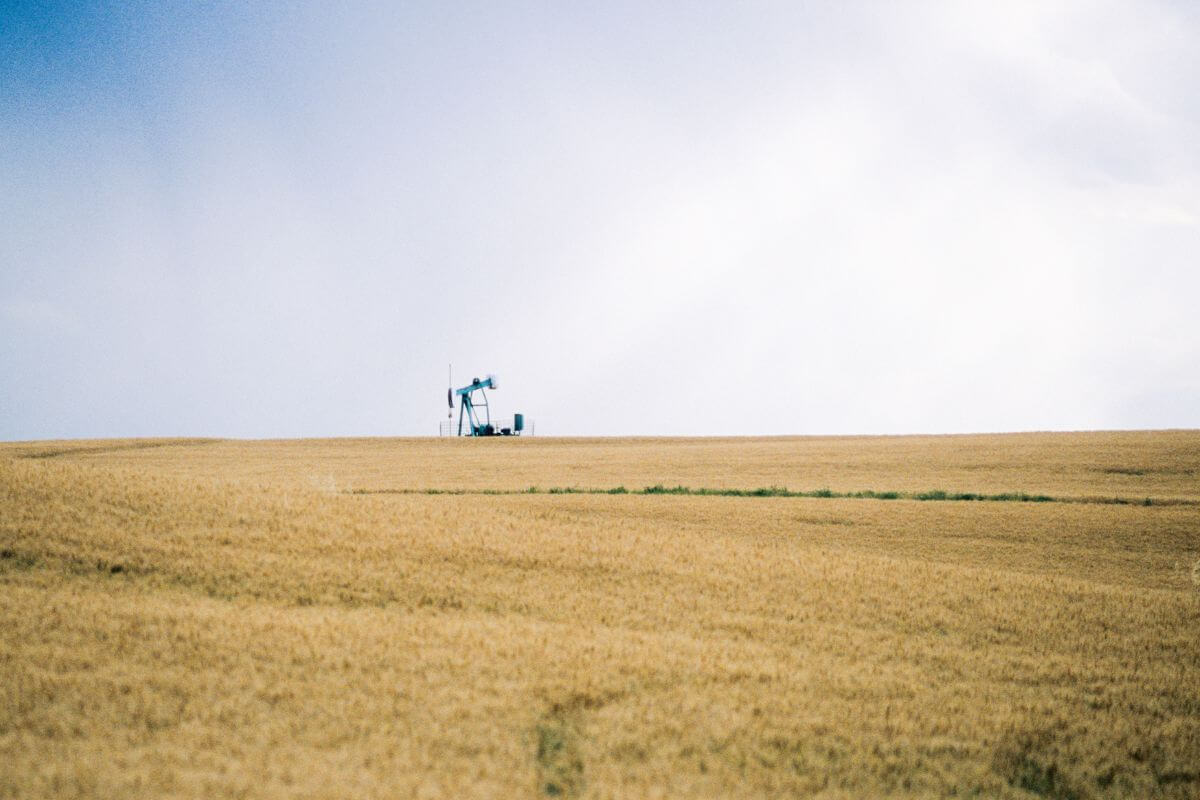
When it comes to the question of oil production, this picturesque state has a rich history that stretches back to the late 19th century.
In 1889, the first oil wells were drilled in the Butcher Creek drainage, but alas, they did not yield the prosperous results many had hoped for.
It wasn’t until 1915 that the state experienced significant oil production.
Wells drilled in the extension of Wyoming’s Elk Basin field, situated southeast of Belfry, proved fruitful. This discovery marked the beginning of a new era for Montana’s oil industry.
Fast forward to 1920, and another exciting chapter unfolded with the discovery of the first new oil field, Cat Creek, near Winnett.
Two years later, the Kevin Sunburst field added to this growing narrative. Over the next four decades, the state experienced the development of numerous oil fields across various regions.
From the Williston Basin and the Sweetgrass Arch to the Big Snowy Uplift and the northern extensions of Wyoming’s Big Horn Basin and Powder River Basin, each new find added to Montana’s potential as an oil-producing state.
In 1968, Montana reached its peak in petroleum production, boasting an impressive 48.5 million barrels.
However, the following years saw a decline in output, even as oil prices rose. The 1970s brought a phase of stability, with the Powder River Basin compensating for the decline in the Williston Basin.
Unfortunately, the decline in production continued, exacerbated by the drop in world oil prices in 1985.
Throughout the mid-1990s, production stabilized at around 16 million barrels per year. But there was a glimmer of hope in 2003 when output increased to over 19 million barrels per year.
Recent production trends reveal that wells in the state are not that prolific, averaging 15-18 barrels per day in recent years.
Montana Refineries and Pipelines
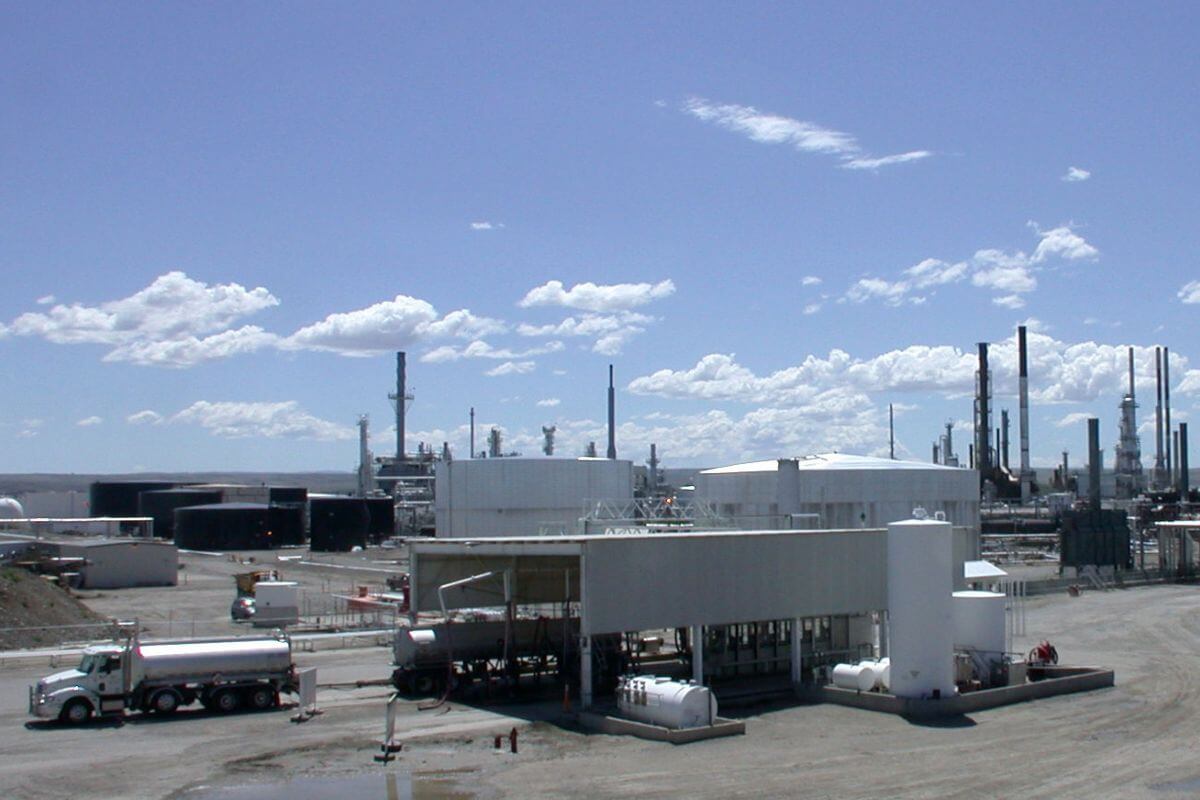
Refineries are facilities that take crude oil from oil fields and transform it into a wide range of refined petroleum products.
These products include motor gasoline, diesel fuel, aviation fuel, heating oil, and even petrochemicals and lubricants. The primary objective of a refinery is to convert crude oil into more useful and marketable forms.
To achieve this, refineries employ complex processes such as distillation, cracking, and blending. These processes refine the crude oil into various products, tailored to meet the demands of consumers.
When it comes to oil production, pipelines play a crucial role in transporting crude oil from different sources.
These pipelines connect Montana to neighboring regions such as Canada and Wyoming, enabling the smooth flow of oil to refineries for processing.
Montana’s petroleum pipeline system comprises multiple networks.
One pipeline system links the Williston and Powder River Basins in the east, while two others connect the Sweetgrass Arch, Big Snowy, and Big Horn-producing areas in central Montana.
Additionally, there is the Express pipeline system primarily transporting Canadian crude through Montana.
Despite these extensive pipeline networks, the majority of oil production in Montana is exported out of the state, with Wyoming being a significant recipient.
Unfortunately, the pipeline system that serves these exports is not connected to any of the Montana refineries. Consequently, the refineries face limitations in utilizing Montana’s own crude oil.
Montana is home to 4 refineries:
- ConocoPhillips in Billings
- ExxonMobil in Billings
- Cenex in Laurel
- Montana Refining in Great Falls
Together, these refineries have a combined estimated capacity of processing 218,000 barrels of crude oil per calendar day.
Interestingly, these refineries rely heavily on crude oil imports, with only a small fraction coming from within Montana.
Over the past decade, less than 5% of the crude oil used by Montana refineries has originated from the state itself. Instead, around 75% comes from Alberta, Canada, and approximately 20% from Wyoming.
Once the refined products are ready, they are transported mainly through pipelines from the Billings area refineries.
These products are shipped to various destinations, including cities within Montana, Fargo in North Dakota (via the Cenex pipeline), Wyoming, and locations in Washington, such as Spokane and Moses Lake (via the Conoco pipelines).
In terms of distribution, the Montana refineries supply a significant portion of the petroleum products consumed within the state.
Impressively, approximately 55% of the liquid fuel produced at these refineries is exported. Washington and North Dakota heavily rely on gasoline and distillate fuels supplied by Montana refineries.
Montana’s refineries and pipelines are vital cogs in the machinery of the state’s oil production.
They ensure the smooth transportation and transformation of crude oil, enabling the creation of various refined petroleum products that fuel our modern world.
Montana Petroleum Production
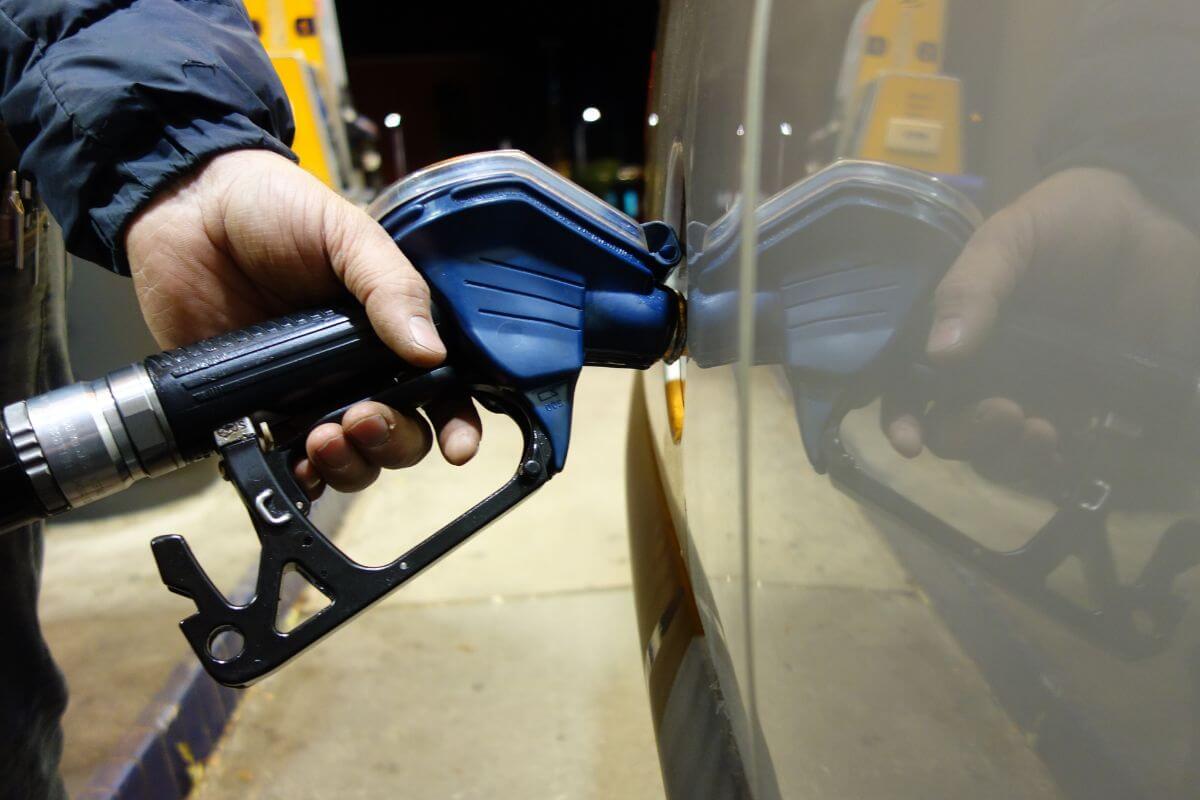
Montana’s refineries play a vital role in transforming crude oil into a diverse array of petroleum products.
Here are 5 essential petroleum products of Montana:
- Motor Gasoline – Montana’s refineries produce the lifeblood of our vehicles, enabling us to embark on unforgettable journeys across the state’s breathtaking landscapes.
- Ultra-Low Sulfur Diesel Fuels – These products keep the wheels of commerce turning, facilitating the efficient transportation of goods within and beyond Montana’s borders.
- Specialized Aviation Fuels – Montana’s refineries contribute to the aviation industry, providing the specialized fuels that keep our skies buzzing with adventurous flights.
- Butane and Propane – During winter, these petroleum products become indispensable for heating and cooking, providing warmth and comfort in homes and businesses.
- Petroleum Coke and Asphalt – For construction and road infrastructure, petroleum coke and asphalt ensure the development of smooth and durable surfaces across the state.
To distribute these refined products, the state relies on a network of pipelines and railroads. These systems facilitate the movement of these products within the state and neighboring regions.
The major petroleum reserve in Montana is the Bakken Formation. The Bakken Formation is a shale rock formation that spans North Dakota, Montana, Saskatchewan, and Manitoba.
It is known for its significant oil and natural gas reserves. The portion of the Bakken Formation in Montana contributes to the state’s petroleum production,
While Montana’s petroleum production contributes to the overall U.S. oil supply, its reserves are relatively small compared to other states. It holds less than 1% of the country’s total proven crude oil reserves.
However, Montana’s small population means it ranks among the top 10 states in petroleum consumption per capita, despite its total petroleum consumption being among the lowest 10 states.
Montana Natural Gas Production
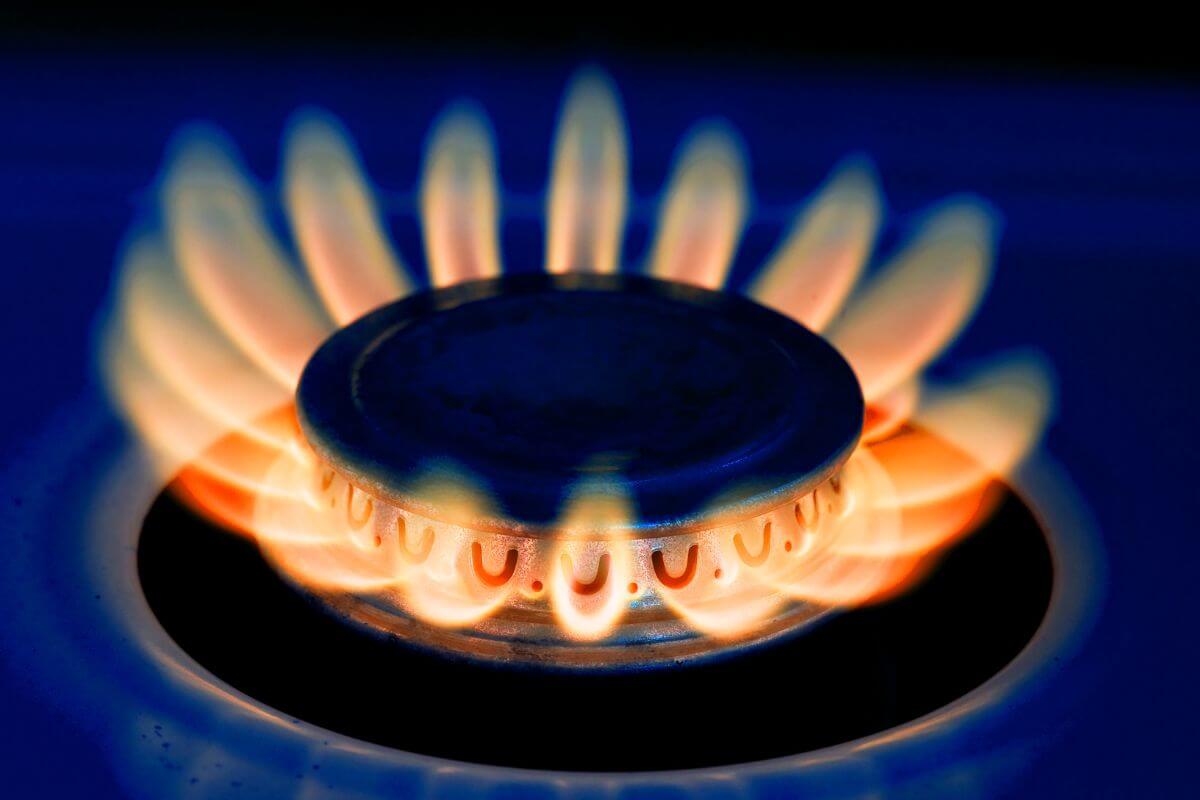
Natural gas usage in Montana primarily focuses on three main sectors: residential, commercial, and industrial. Here are some common uses of natural gas in Montana:
- Residential Use – Natural gas is widely used in homes for heating purposes, especially during the colder months. It is also used for cooking, water heating, and fueling fireplaces.
- Commercial Use – Many businesses and commercial establishments in Montana use natural gas for heating, cooling, and as a source of energy for various processes. This includes hotels, restaurants, offices, and retail spaces.
- Industrial Use – Industries in Montana that require high-temperature processes, such as manufacturing and food processing, often rely on natural gas as a cost-effective and efficient energy source.
- Electricity Generation – Natural gas power plants are used to generate electricity in Montana, contributing to the state’s overall energy mix.
- Transportation – While not as prevalent as in other regions, some vehicles in Montana use compressed natural gas (CNG) as an alternative to gasoline or diesel.
When it comes to natural gas development and production, the state boasts a thriving industry that fuels a variety of sectors.
- Read more about the Major Industries in Montana
Nearly three-quarters of the state’s natural gas production stems from wells located in the northern region, near the Canadian border.
Meanwhile, the rest of the production originates from the Williston Basin in northeastern Montana, bordering North Dakota.
Montana’s natural gas reserves come from both conventional and unconventional sources.
Conventional natural gas is extracted from traditional reservoirs, while unconventional sources, like shale gas, require advanced drilling techniques such as hydraulic fracturing (fracking).
The Bakken Formation, renowned for its significant oil production, also contains ample natural gas reserves that contribute to the state’s energy output.
Montana has been consuming approximately 60 billion cubic feet (BCF) of natural gas annually.
Utility projections suggest that future natural gas consumption in Montana, excluding the consumption for new electric generation, is anticipated to experience gradual growth, at a rate of less than 1% per year.
Montana Oil Fields

In January 2023, the state of Montana ranked 12th among US states in terms of its production of Barrels of Oil Equivalent (BOE).
Montana is home to a variety of oil fields that contribute to the state’s petroleum industry. These oil fields, scattered across different counties, extract crude oil from deep underground reservoirs.
With the use of drilling techniques and pumping or hydraulic fracturing methods, these oil fields play a crucial role in meeting energy needs.
The extraction and distribution of crude oil from these fields are essential for ensuring a steady supply of petroleum products:
| Oil Field Name | Montana County | Depth |
|---|---|---|
| Arch Apex Gas Field | Toole County | 4,039 feet (1,231 m) |
| Bascom Oil Field | Rosebud County | 2,838 feet (865 m) |
| Bears Den Oil and Gas Field | Liberty County | 4,101 feet (1,250 m) |
| Belle Creek Oil Field | Powder River County, Montana | 3,638 feet (1,109 m) |
| Big Wall Oil Field | Musselshell County | 3,291 feet (1,003 m) |
| Bowes Oil Field | Blaine County | 3,015 feet (919 m) |
| Brorson Oil Field | Richland County | 2,428 feet (740 m) |
| Cabin Creek Oil Field | Fallon County | 2,848 feet (868 m) |
| Cupton Oil Field | Fallon County | 3,018 feet (920 m) |
| Devon Gas Field | Toole County | 3,317 feet (1,011 m) |
| East Poplar Oil Field | Roosevelt County | 2,110 feet (640 m) |
| Elk Basin Oil Field | Carbon County | 4,393 feet (1,339 m) |
| Flat Coulee Oil and Gas Field | Liberty County | 3,570 feet (1,090 m) |
| Flat Lake Oil Field | Sheridan County | 2,178 feet (664 m) |
| Fred and George Creek Oil and Gas Field | Toole County | 4,003 feet (1,220 m) |
| Gas City Oil Field | Dawson County | 2,175 feet (663 m) |
| Glendive Oil Field | Dawson County | 2,346 feet (715 m) |
| Grandview Oil and Gas Field | Liberty County | 3,606 feet (1,099 m) |
| Ivanhoe Dome Oil Field | Musselshell County | 2,940 feet (900 m) |
| Keg Coulee Oil Field | Musselshell County | 2,949 feet (899 m) |
| Keith Gas Field | Liberty County | 3,442 feet (1,049 m) |
| Kevin Sunburst Oil Field | Toole County | 3,530 feet (1,080 m) |
| Little Beaver East Oil Field | Bowman County | 2,999 feet (914 m) |
| Little Beaver Oil Field | Fallon County | 3,084 feet (940 m) |
| Melstone Oil Field | Musselshell County | 3,058 feet (932 m) |
| Monarch Oil Field | Fallon County | 3,018 feet (920 m) |
| Mosby Dome Cat Creek Oil Field | Petroleum County | 2,454 feet (748 m) |
| Mosser Dome Oil Field | Yellowstone County | 4,327 feet (1,319 m) |
| North Pine Oil Field | Dawson County | 2,447 feet (746 m) |
| Northwest Sumatra Oil Field | Rosebud County | 3,110 feet (950 m) |
| Oil Hills | Park County | 6,368 feet (1,941 m) |
| Pennel Oil Field | Fallon County | 2,986 feet (910 m) |
| Prairie Dell Oil and Gas Field | Toole County | 3,517 feet (1,072 m) |
| Ragged Point Oil Field | Musselshell County | 2,890 feet (880 m) |
| Rattlesnake Butte Oil Field | Petroleum County | 3,222 feet (982 m) |
| Reagan Camp Oil Field | Glacier County | 4,108 feet (1,252 m) |
| S W Kevin Gas Field | Toole County | 3,373 feet (1,028 m) |
| Soap Creek Oilfield | Big Horn County | 3,612 feet (1,101 m) |
| South Pine Oil Field | Wibaux County | 2,638 feet (804 m) |
| South Wills Creek Oil Field | Fallon County | 2,913 feet (888 m) |
| Stensvad Oil Field | Rosebud County | 2,907 feet (886 m) |
| Tiger Ridge Gas Field | Hill County | 2,589 feet (789 m) |
| Utopia Gas and Oil Field | Liberty County | 3,409 feet (1,039 m) |
| West Dome Cat Creek Oil Field | Petroleum County | 2,766 feet (843 m) |
| Whitlash Gas and Oil Field | Liberty County | 3,757 feet (1,145 m) |
Does Montana Produce Oil Final Thoughts
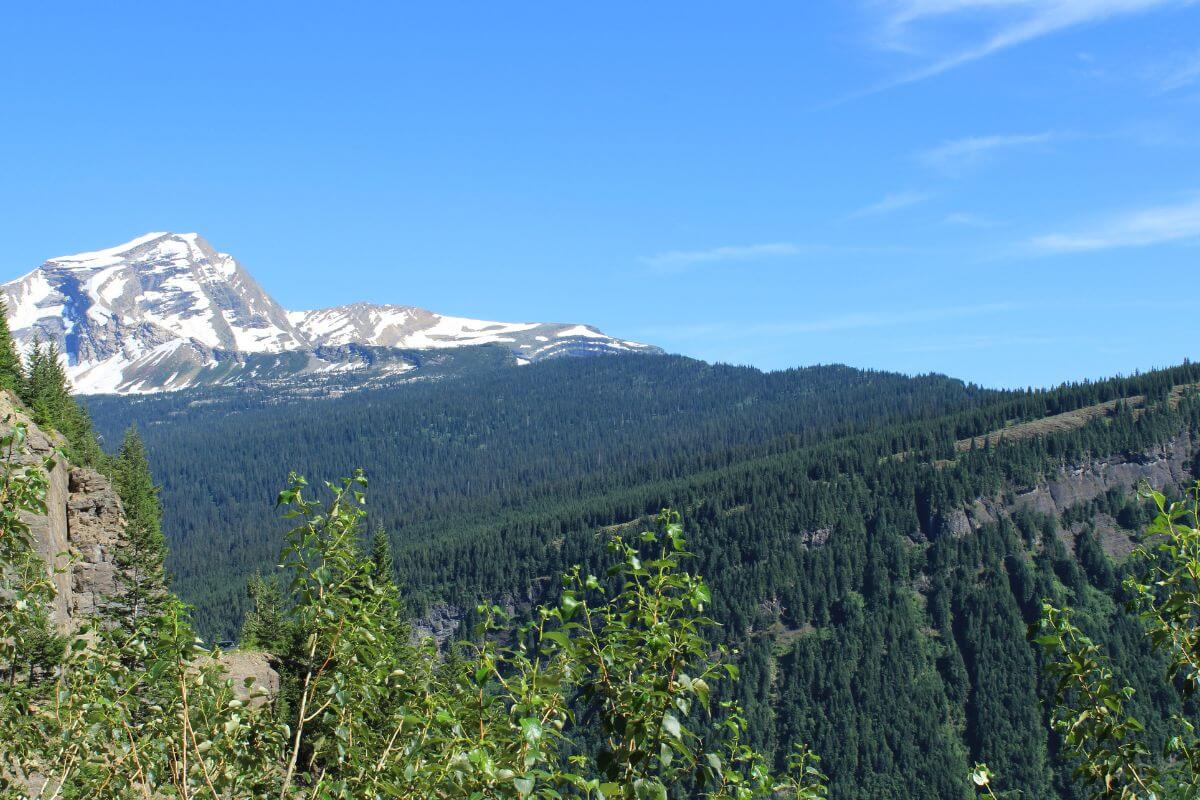
It is evident that the state boasts a captivating array of oil fields, each with its own unique depth and location.
From the Arch Apex Gas Field in Toole County to the Bascom Oil Field in Rosebud County and the Bears Den Oil and Gas Field in Liberty County, Montana is rich in geological wonders.
With depths ranging from 2,428 feet to 6,368 feet, these oil fields showcase the remarkable efforts of exploration within the state.
It’s worth noting that Montana’s oil production is not confined to one particular region. Rather, it is distributed across various counties, each contributing to the state’s overall output.
Montana’s diverse oil field discoveries reflect the intricate interplay of geological factors and exploration efforts, making it an intriguing destination for energy industry enthusiasts.
Montana’s oil production is a captivating tale of exploration and discovery.
The state’s diverse oil fields, distributed across various counties, offer a wealth of geological wonders waiting to be explored.
So, venture forth and immerse yourself in the rich tapestry of Montana’s oil industry.
Does Montana Produce Oil FAQs
1. Does Montana Have Oil?
Yes, Montana has significant oil reserves. The state is home to several oil fields, and one of the major sources of crude oil production is the Bakken Formation.
These oil fields play a crucial role in Montana’s oil industry and contribute to meeting energy demands both locally and nationally.
2. Which State Is the Largest Producer of Oil?
The top producer of oil in the United States in 2021 was Texas, contributing approximately 42.4% of the country’s total crude oil production.
Following Texas, the other four leading oil-producing states were New Mexico (11.1%), North Dakota (9.9%), Alaska (3.9%), and Colorado (3.7%).
3. What State Is Considered the “Oil Capital of the US”?
Tulsa, Oklahoma, earned the title of “Oil Capital of the World” in the early 20th century due to significant oil strikes in the area, which led to the establishment of major oil companies and a thriving oil industry in the city.
Many prominent oilmen and petroleum corporations had their headquarters or major facilities in Tulsa during this time, contributing to its reputation as a key center of the oil industry.
4. What Is the Largest Oil Field in the US?
The largest oil field in the United States based on proved reserves is the Eagleville field in South Texas’ Eagle Ford.
It has dethroned Alaska’s Prudhoe Bay, which now holds the third spot. The second-largest oil field is the Spraberry Trend field in west Texas’ Permian Basin.
5. Do Oil Refineries Exist in Montana?
Yes, Montana has four refineries with a combined estimated capacity of 218,000 barrels per calendar day.
ConocoPhillips is the most reliant on Canadian crude, receiving around 94% of its total receipts from Canada, while ExxonMobil’s refinery in Billings receives 43% of its receipts from Canada and 54% from Wyoming.
To quench your fascination with Montana and gain deeper insights, stay connected and explore these captivating articles:
- Top Montana Brands
- Montana’s Wheat Fields
- Montana’s Tourism Revenue
- Montana’s Wealth
- Montana’s Agriculture Heritage
- https://www.eia.gov/state/analysis.php?sid=MT
- https://www.usgs.gov/centers/national-minerals-information-center/mineral-industry-montana
- https://leg.mt.gov/content/publications/Environmental/2004deq_energy_report/petroleum.pdf
- https://scholarworks.umt.edu/cgi/viewcontent.cgi?article=6881&context=etd
- https://www.eia.gov/energyexplained/oil-and-petroleum-products/where-our-oil-comes-from.php
- https://memory.loc.gov/diglib/legacies/loc.afc.afc-legacies.200003712/#
- https://www.d.umn.edu/~cstroupe/archive/5230/glocal/prudhoe/www.d.umn.edu/~hoef0049/prudhoe.html
- https://leg.mt.gov/content/publications/environmental/2002deq_energy_report/naturalgas.pdf
- https://commons.wikimedia.org/wiki/File:Oil_refinery_in_Billings,_MT
- https://commons.wikimedia.org/wiki/File:Cat_Creek,_Montana_sign

